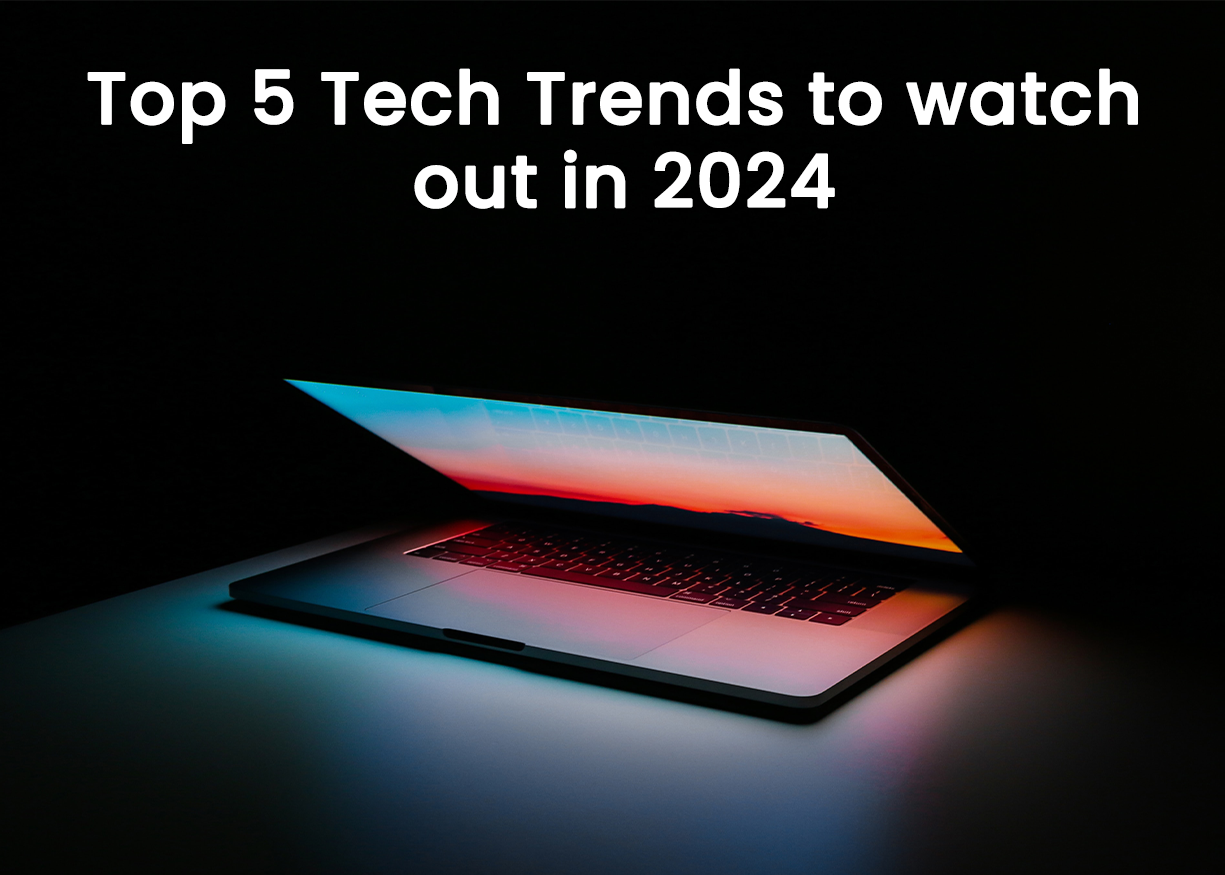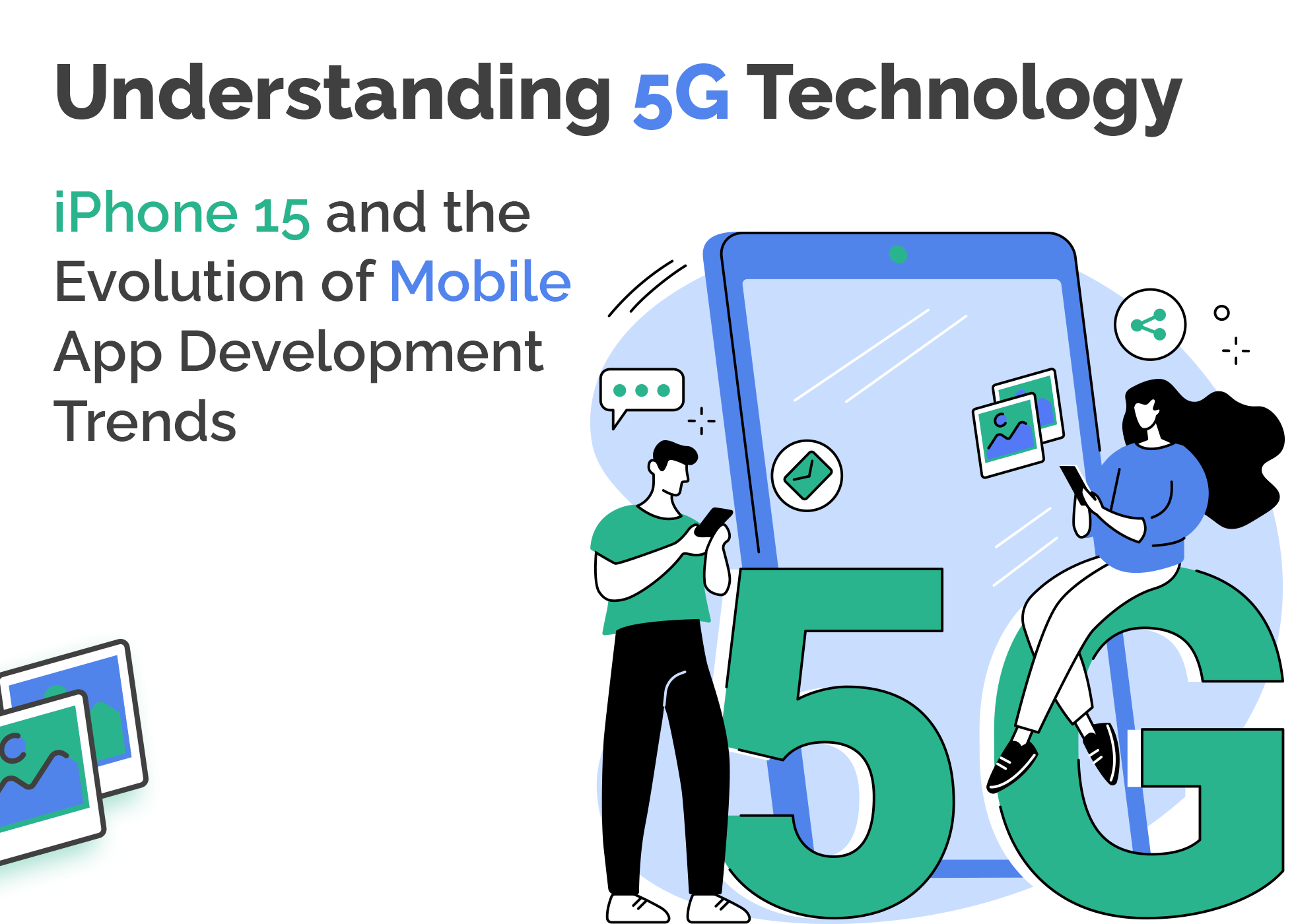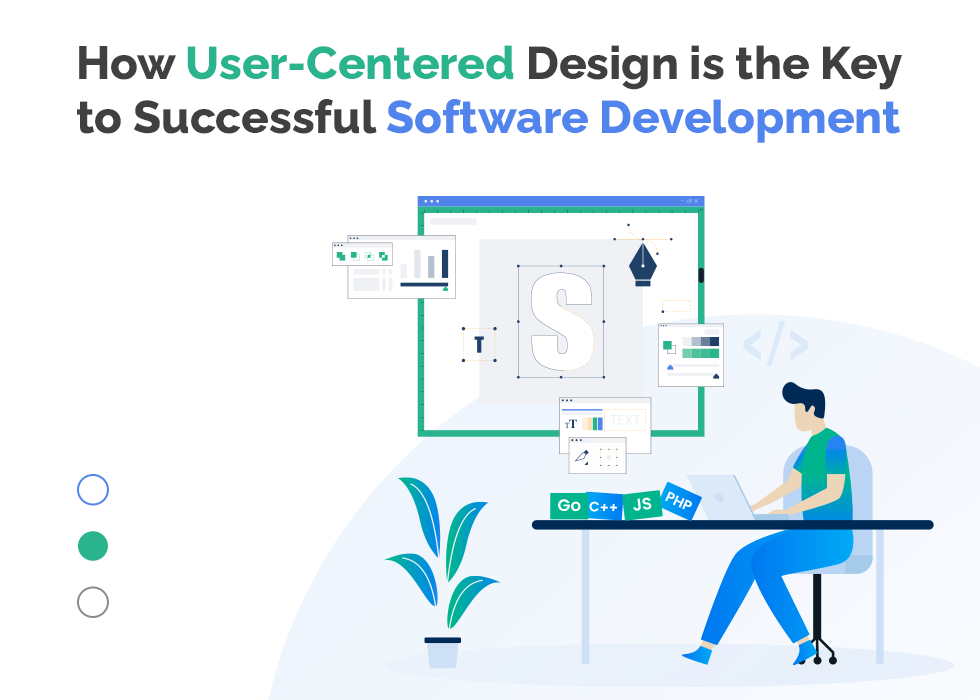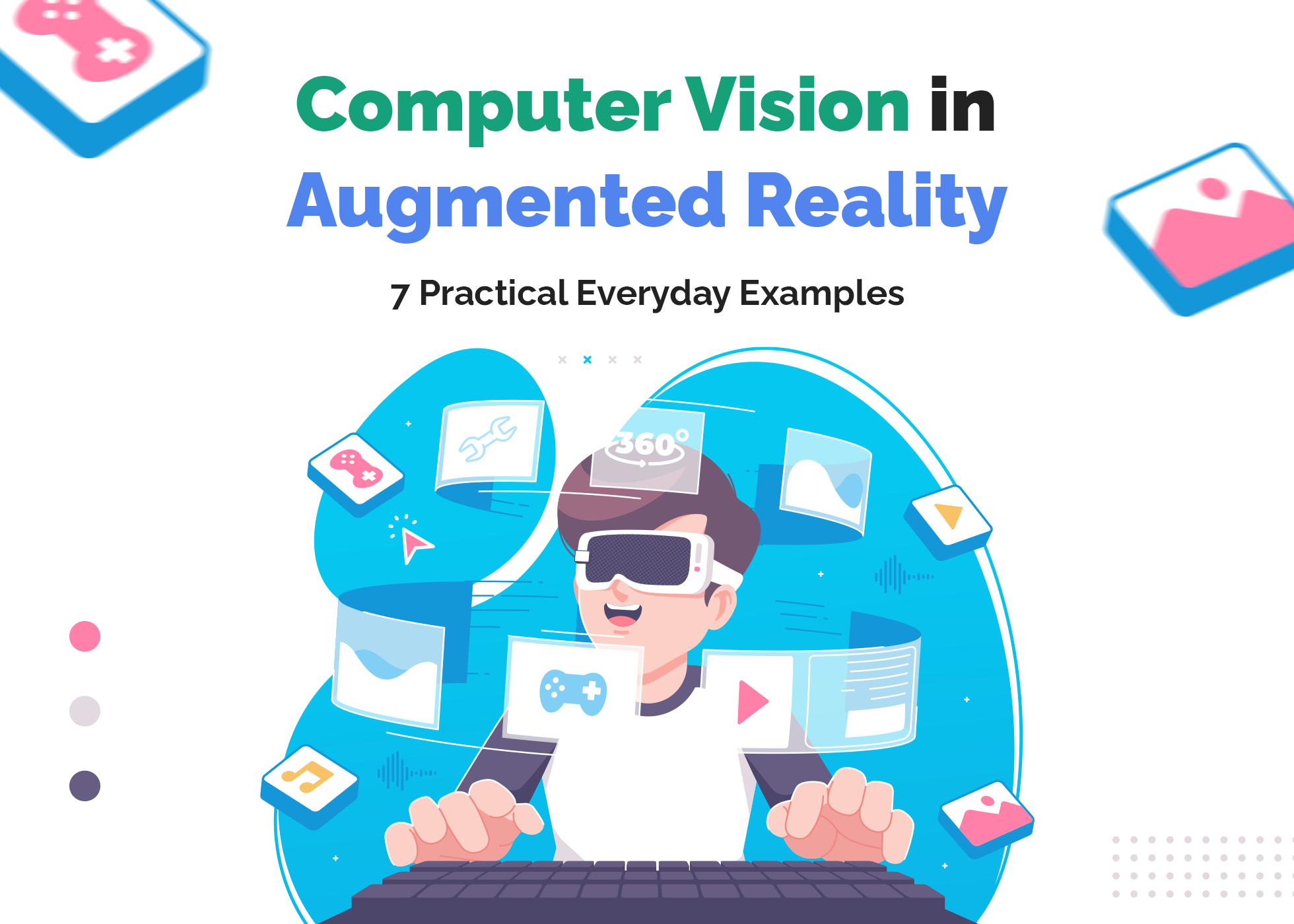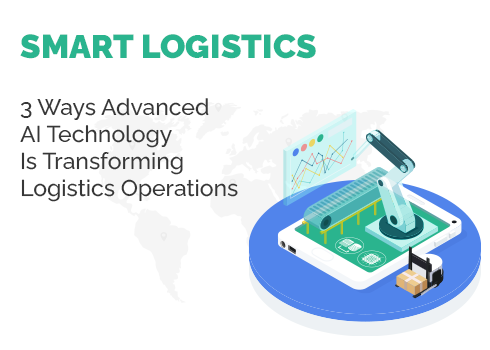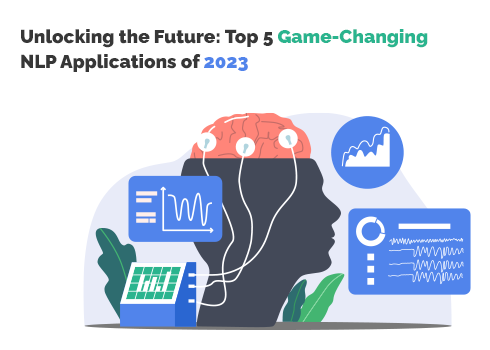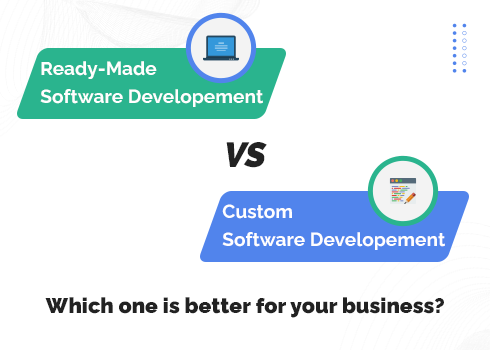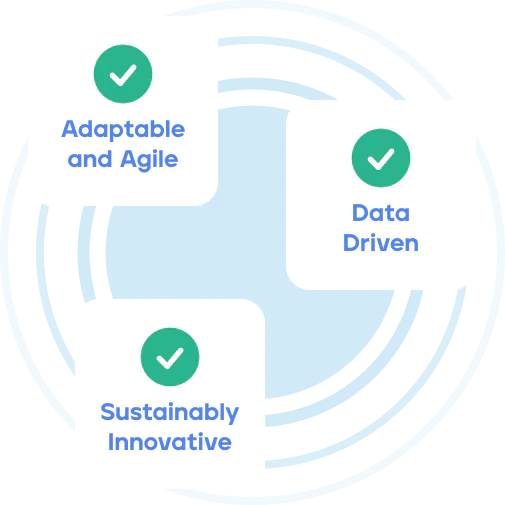In simple terms, Augmented Reality (AR) refers to the branch of computer science that enables users to experience a whole new virtual environment created as an enhanced version of the natural world with digital augmentation layered over it. Recent years have seen a surge in the implementation of Augmented Reality across various industries.
The driving force behind the widespread adoption of Augmented Reality is emerging trends, such as the increase in convergence between wearable devices and augmented reality AR, empowering the move to adopt Augmented Reality in industries such as e-commerce, construction, manufacturing, healthcare, etc. Users across the board have experienced the high points and diverse capabilities AR offers especially the number of use cases it has to offer.

Interesting Fact
The use of Augmented Reality and Virtual Reality was first observed almost three decades ago. The industry that implemented it first was the aviation industry, focusing on Head-Mounted Displays (HMD), and flight simulations nearly 30 years ago. Later, the entertainment industry jumped on the bandwagon as well.
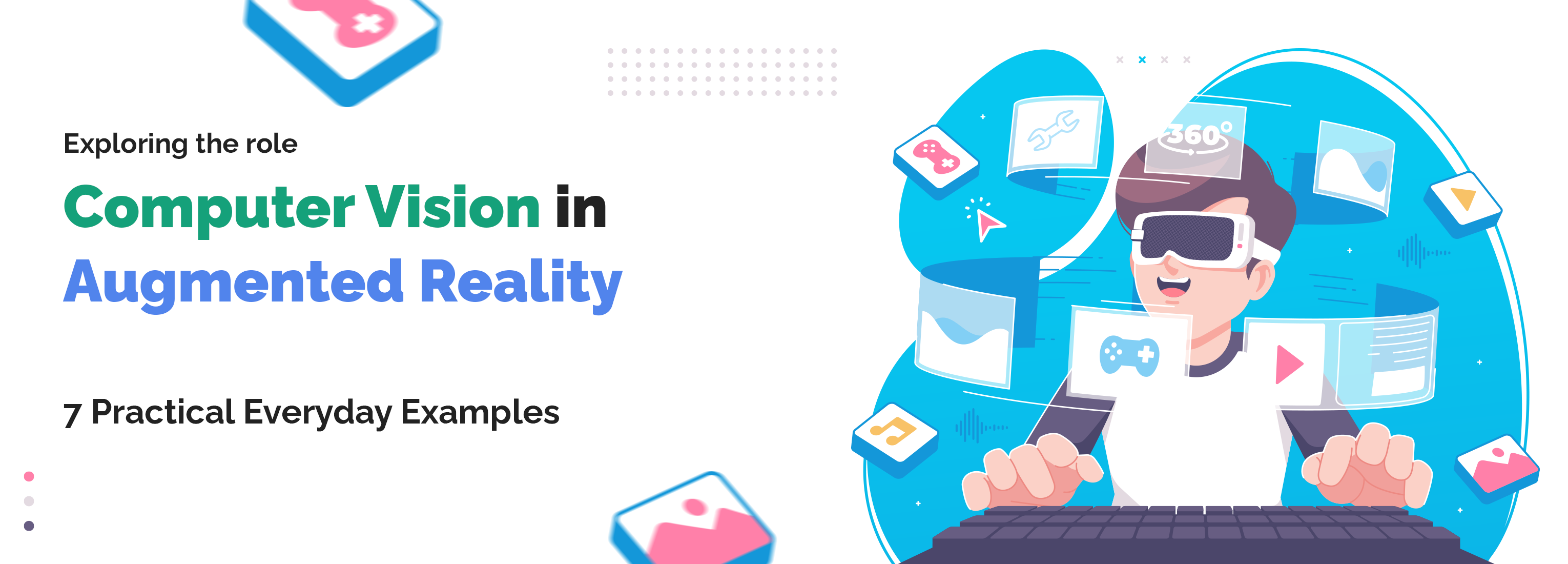
Here are several AR trends that are making a significant impact across various industries:
-
AR is expected to reach $62.75 Billion by 2023 (Fortune Business Insights).
-
There are 1.4 billion mobile AR users worldwide (Statista).
-
Retailers and marketers use AR to attract new customers.
-
AR Live Stream Shopping is set to take off.
-
NFTs will not be limited to artwork and face filters only.
Read more: Embrace the No-Code & Low-Code Era: Streamlining Software Development for Success
Augmented Reality (AR) has rapidly evolved in recent years, transforming the way we perceive and interact with the world around us. One of the critical components driving this transformation is Computer Vision. Computer Vision in Augmented Reality enables devices to understand and interpret the real world, overlaying digital content seamlessly into our physical environment. In this article, we will explore some of the latest examples of how computer vision is enhancing our everyday experiences with augmented reality.
- AR Navigation Apps
One of the most common and widely used applications of Computer Vision in Augmented Reality is AR navigation. It combines real-time camera input with computer vision algorithms to provide users with an immersive navigation experience. These apps not only display directions on a map but also overlay virtual route markers onto the real-world view captured by the device's camera.
Example: Google Maps AR Navigation
- AR Social Media Filters
AR-powered social media filters have taken the online world by storm. These filters use computer vision to detect facial features and track movements, allowing users to add various interactive and animated effects to their selfies and videos. The real-time processing and seamless integration of these filters have made them immensely popular on platforms like Instagram, Snapchat, and TikTok.
Example: Snapchat AR Filters
- Gaming with AR
Augmented Reality has revolutionized the gaming industry by bridging the gap between the virtual and physical worlds. Computer vision plays a vital role in creating immersive gaming experiences, where virtual characters and objects can interact with real-world environments. AR games encourage players to explore their surroundings actively, fostering a new level of engagement.
Example: Pokemon GO
- AR Product Visualization
One of the significant advantages of AR in retail is the ability to visualize products in real-world settings before making a purchase. Computer vision allows users to virtually place furniture, home decor, or even clothes in their living spaces or try on virtual makeup to see how it looks on their faces.
Example: IKEA Place
Read more: Smart Logistics: 3 Ways Advanced AI Technology is Transforming Logistics Operations
- Real-Time Language Translation
Computer vision combined with AR technology has opened up new possibilities for language translation. AR translation apps can instantly recognize and translate text in real time, making it easier for travelers to understand foreign languages without needing to type or use other translation tools.
Example: Google Translate AR
- AR in Education
AR has also made its way into the educational domain, enriching learning experiences for students. Computer vision helps bring interactive and immersive content into textbooks and learning materials, making abstract concepts more tangible and engaging. Students can visualize complex structures, historical artifacts, and scientific phenomena right in their classrooms.
Example: Merge EDU
- AR in Healthcare
In the healthcare sector, AR assisted by computer vision has proven to be a valuable tool. Surgeons can use AR overlays during procedures to visualize critical information, such as patient vitals, anatomical structures, and navigation guides, without taking their eyes off the operation site.
Example: AccuVein Vein Visualization
Computer Vision has revolutionized AR, enabling immersive experiences. The cited examples offer a glimpse of its immense potential. With ongoing advancements, expect even more interactive innovations across industries, enhancing everyday life.
At Gigalabs, our team of experts has recently delivered notable projects in the domain of Augmented Reality (AR) and helped clients maximize their digital potential. For further insights, contact us at sales@gigalabs.co.







